MANUFACTURING


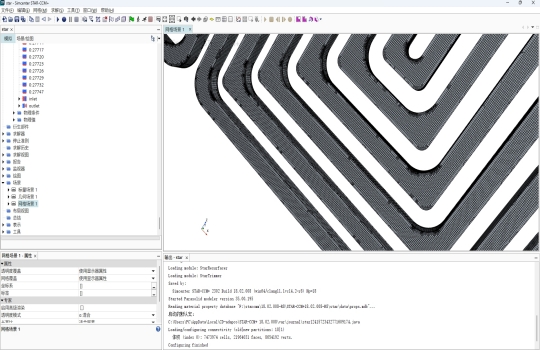

DESIGN
DV
(design verification)
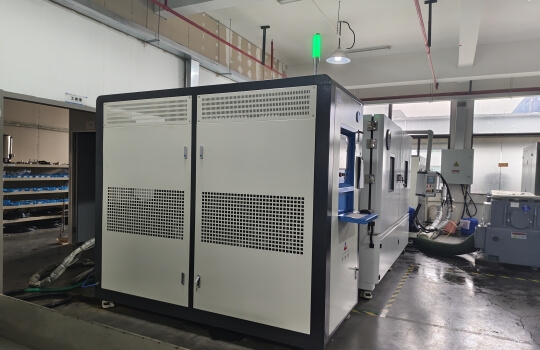
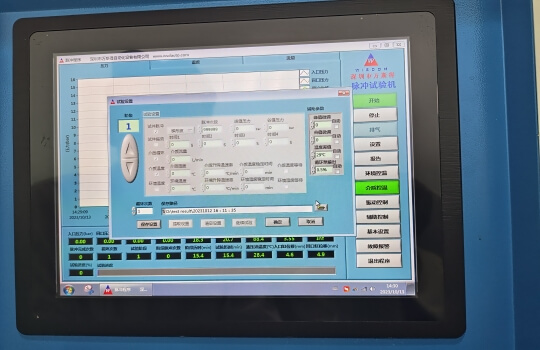
Why Data Centers Need Liquid Cooling Plates
With the growing computational demands of servers supporting AI and other processor-intensive applications, rack power densities exceeding 20 KW are becoming commonplace, and many organizations now seek to deploy racks with 50 KW or higher power density requirements. While air cooling systems have evolved to handle higher densities and improve efficiency, they eventually reach a point where air lacks the efficient thermal conductivity required for effective cooling of high-heat-density racks. This leads to reduced server performance, reliability, and efficiency as rack power increases. As more high-power-density racks are deployed, air cooling becomes increasingly unsustainable from both economic and sustainability perspectives.
To achieve higher heat dissipation in smaller spaces, many markets are exploring the feasibility of introducing liquid as a medium into racks to enhance data center cooling capacity and efficiency. Liquid cooling leverages the superior thermal conductivity properties of water or other fluids to support efficient and cost-effective cooling for high-heat-density racks.
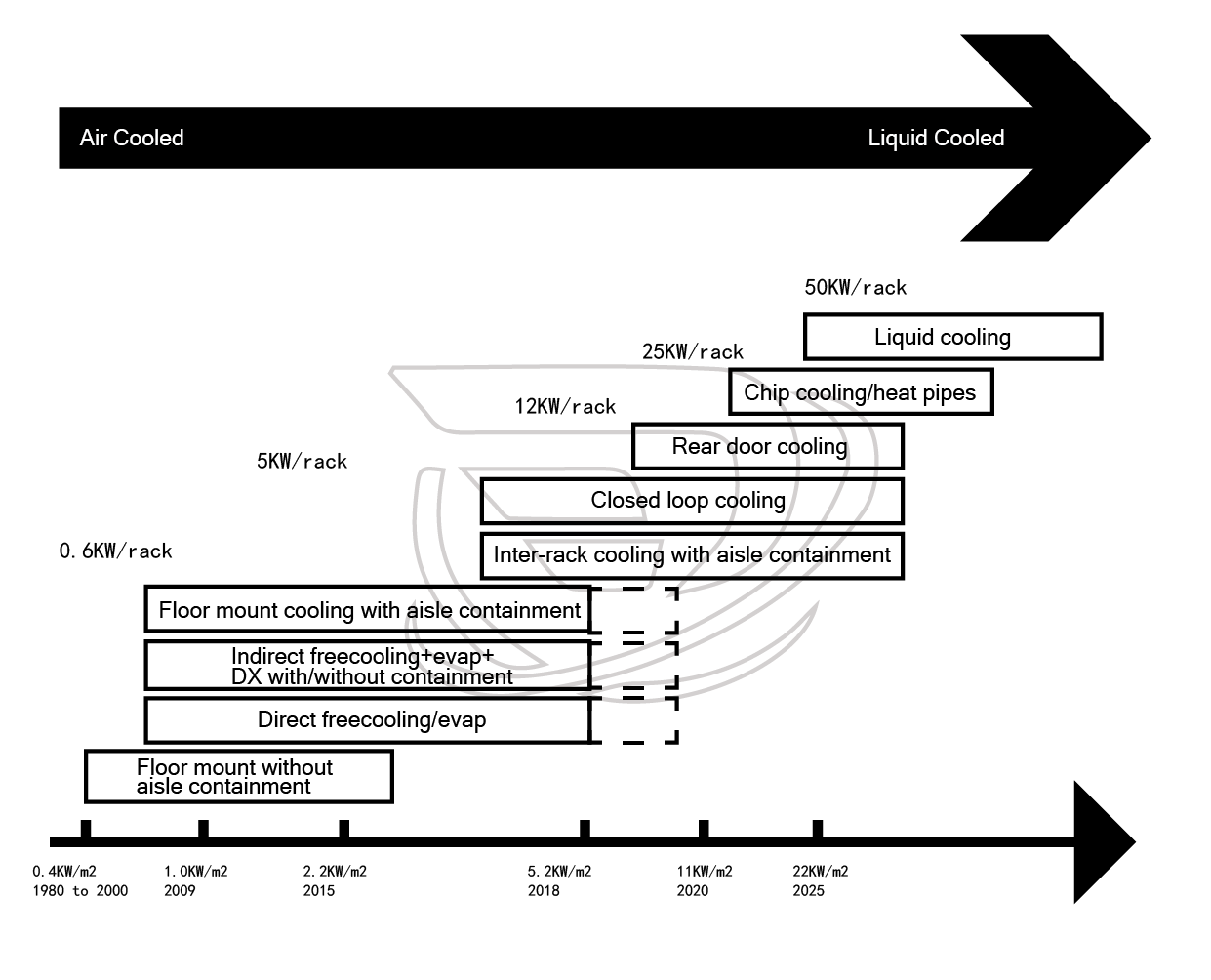
How Data Centers Efficiently Utilize
Liquid Cooling Plates for Heat Exchange
The application of liquid cooling technology in data centers has come relatively late. It involves the use of a flowing liquid to transfer the heat generated by internal computer components to the outside of the computer, ensuring that the computer operates within a safe temperature range. The space through which the flowing liquid circulates is the liquid cooling plate.
In contrast to conventional air-cooled servers, cold plate liquid cooling technology avoids direct contact between the cooling liquid and the server. It provides precise heat exchange for major heat sources such as CPUs and memory components. The liquid cooling channel consists of components like the liquid cooling plate heat exchanger, liquid distribution unit, liquid maintenance unit, liquid temperature control unit, natural cooling unit, and the piping for the primary and secondary cooling loops.
On the CPU and memory side, there is a flat heat exchanger plate, with the heat from the chips conducted to the fluid inside the plate. The fluid used can be an insulating medium such as deionized water, ethylene glycol solution, or a fluoride solution. Heat pipes transfer the heat from the heat exchanger to an external water system in the data center. The primary heat generated by the CPU/GPU (high-heat-density components) is removed by the cold plate, while the heat from other components (low-heat-density components) is dissipated by the higher-temperature air.
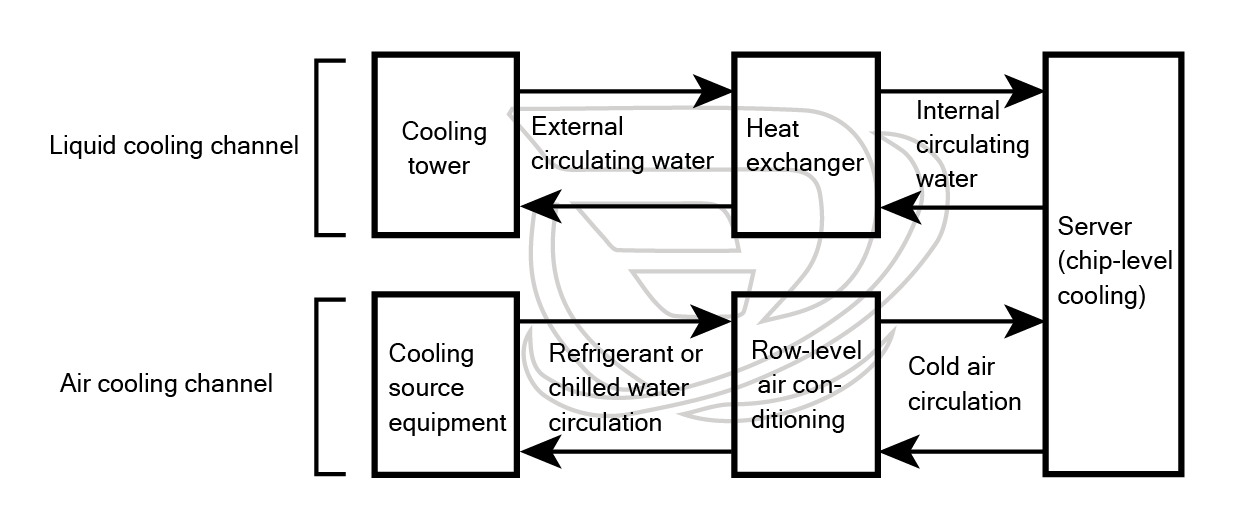
Cooling Systems Are an Andispensable Part of Data Center Operational Costs
Advantages of Data Center Liquid Cooling Plates
1. Efficient cooling through liquid cooling significantly enhances the performance and stability of various equipment / servers, including IT. Liquid cooling’s high heat capacity ensures that CPU temperatures remain stable, allowing CPUs to work in overclocking without overheating issues.
2. Supports energy efficiency and noise reduction in data centers. Compared to traditional air-cooled data centers, liquid-cooled data centers eliminate air conditioning systems, reducing infrastructure costs while improving energy efficiency. It can achieve a PUE as low as 1.05, meeting green data center requirements.
3. Increases server density within data center space, substantially boosting computational efficiency. Liquid cooling technology’s superior cooling capacity is suitable for high-power-density data center cooling requirements.
4. Liquid cooling environments are adaptable. Liquid cooling, unlike air cooling, is not affected by altitude or air pressure changes, ensuring consistent heat dissipation efficiency in high-altitude regions, maintaining data center performance.
5. Liquid-cooled data centers can harness waste heat for economic value. The heat generated in liquid-cooled data centers, carried by a liquid medium, can be directly integrated into building heating and water supply systems, fulfilling nearby residents’ heating and warm water needs. This not only saves energy but also creates additional value for the data center.
Looking for Expert Guidance on Liquid Cooling Technology
for Your Data Center?
Ready to discover how XDTHERMAL’s liquid cooling solutions can meet your unique needs? Fill out the form to ask your questions to get the best advice from our experts!